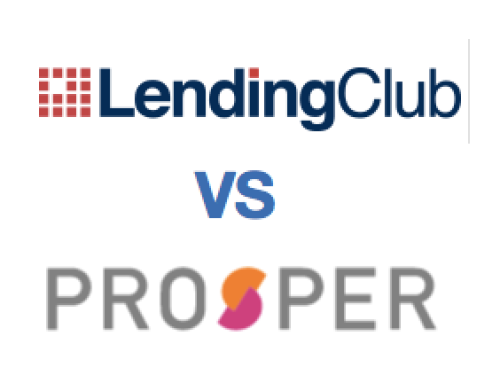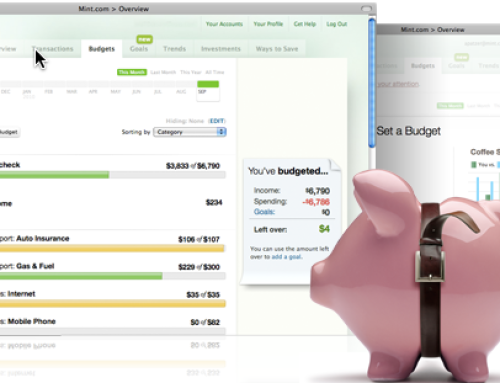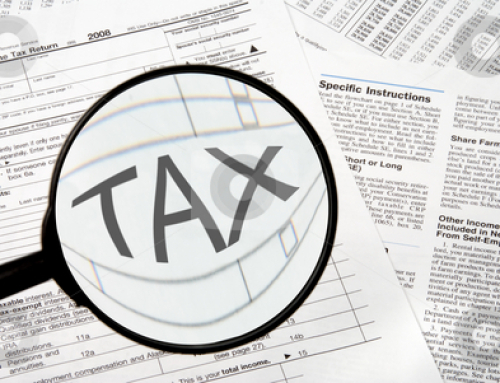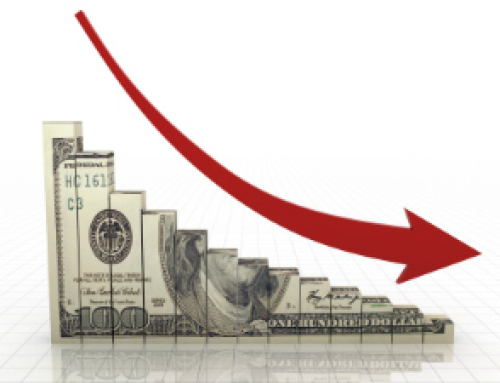Right now, there is a great deal of concern about the student loan bubble. The worries center around the fact that there is currently more student loan debt than there is credit card debt or auto loan debt.1 This large amount of debt has many worried about what it could mean for the economy if student loans are in a bubble that ends up bursting.
Who Owns Student Loan Debt?
One of the main issues surrounding any kind of debt bubble is who owns it. The federal government is the biggest owner of student loan debt. According to the Federal Reserve, consumer loans owned by the federal government (this number includes student loans) have quadrupled since the end of 2007. Federal student loans, many of them originated by the relatively recent Federal Direct Loan Program, are held in large part by the government.
Banks, on the other hand, have been somewhat slow to get back in the student loan game since the recession, and the advent of the government’s direct loan program. While there are banks that originate private student loans, and other organizations that lend money to students for school, most of the student loan debt is owned by the government.
Could Student Loan Debt Bring Down the System?
Some worry that a student loan bubble could devastate the financial system, much like the mortgage loan disaster of a few years ago. However, it is important to note that mortgage loans were a much larger problem – there is much more in outstanding mortgage loan debt than there is in outstanding student loan debt.
Private banks don’t have the same exposure to student debt that they had (and still have) to mortgage debt. Chances are that taxpayers would be exposed to some of the problems associated with a burst student loan bubble, and the situation would mean a bigger deficit. While that concerns deficit hawks, the wider economy wouldn’t likely see a huge impact.
Ultimately, though, borrowers themselves are more likely to suffer and bear the brunt of a burst student loan bubble. Overall, the default rate on student loans has risen to 8.8 percent in recent years.2 The difficulty is that many graduates are leaving college with an unprecedented amount of student debt – and running into problems as they try to find jobs.
It’s harder to completely default on student loans than it is to default on many other types of loans. Student loan debt can’t be cleared in bankruptcy, and failure to pay your student loan debt can result in ineligibility for certain types of government assistance. In reality, continued difficulty with student loans is most likely to affect borrowers, and unlikely to bring down the financial system, in spite of the large amounts of debt involved.
Students concerned about repaying student loan debt should realize that there is an income based repayment program available for those experiencing hardship. This program can prevent defaults for student loans, and help graduates retain their access to government benefits and programs.
Footnotes:
1. Quarterly Report on Household Debt and Credit,” New York Federal Reserve, February 2012. Available online: http://www.newyorkfed.org/research/national_economy/householdcredit/DistrictReport_Q42011.pdf.
2.Default Rates Rise for Federal Student Loans,” U.S. Department of Education, September 12, 2011. Available online: http://www.ed.gov/news/press-releases/default-rates-rise-federal-student-loans.













Follow Us